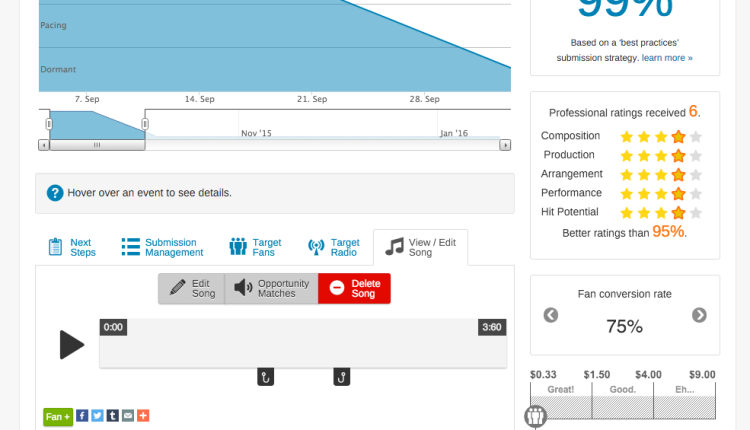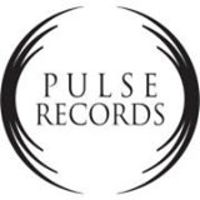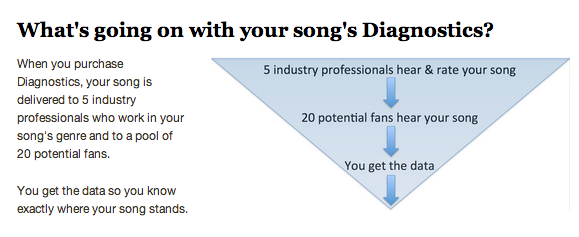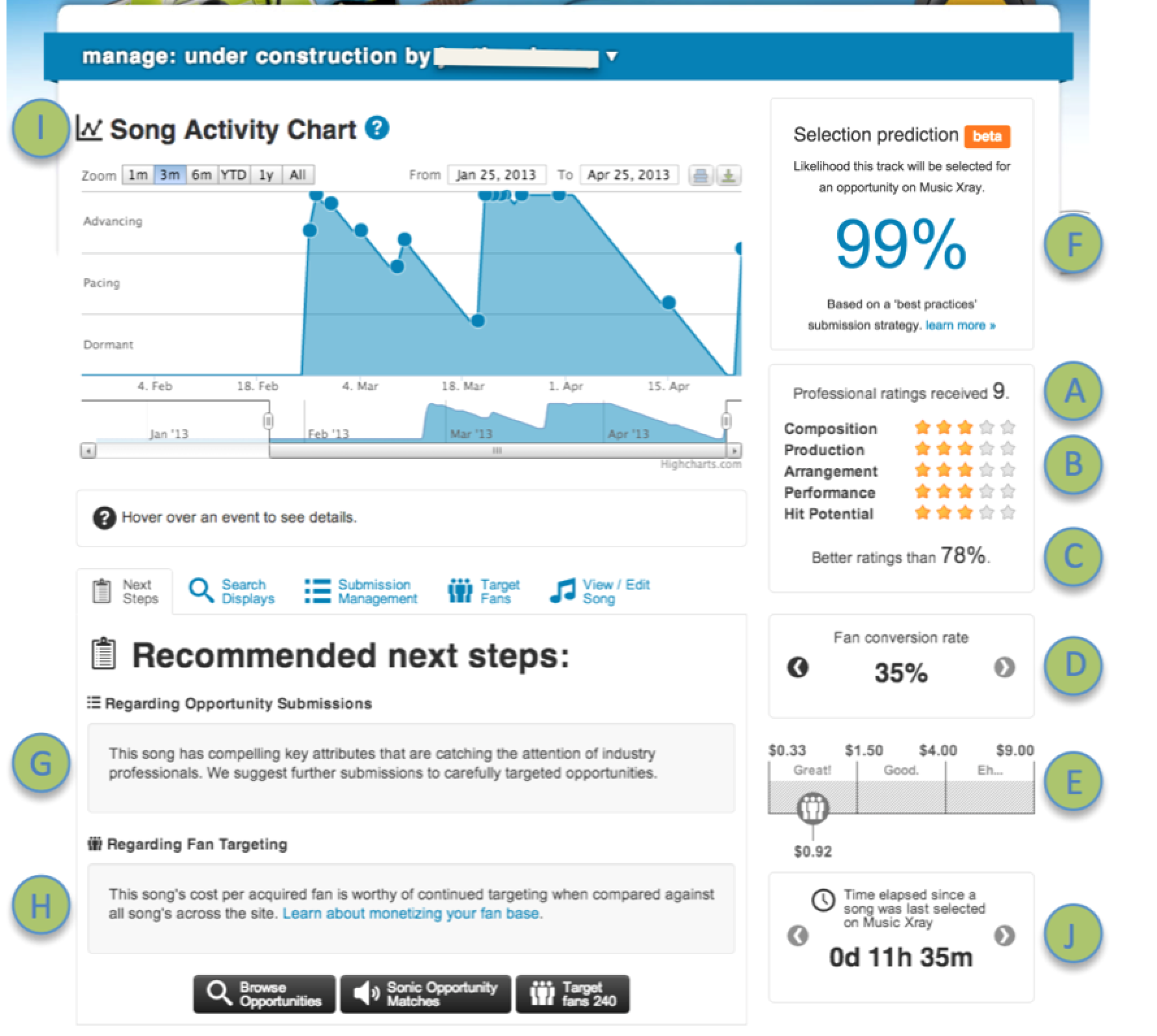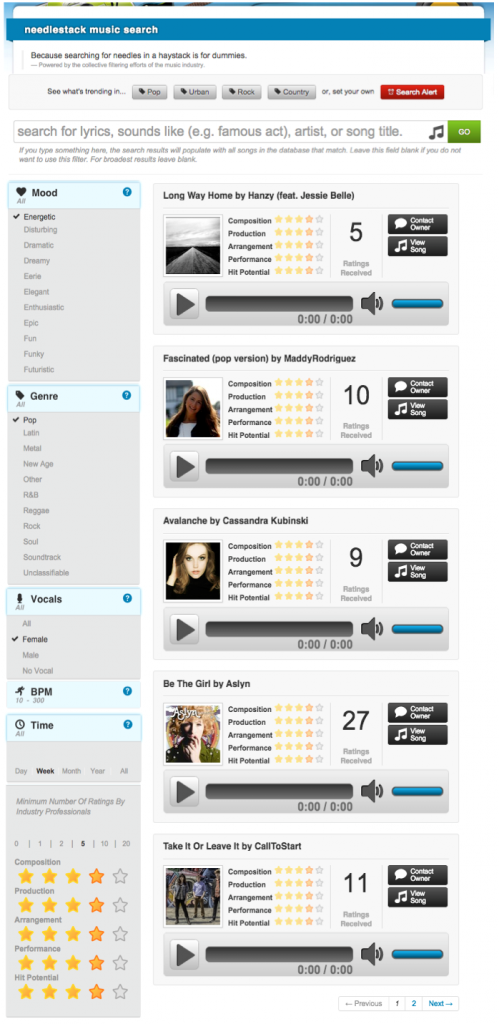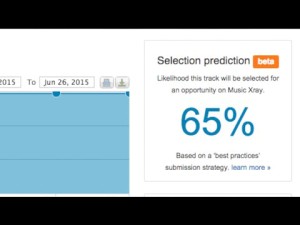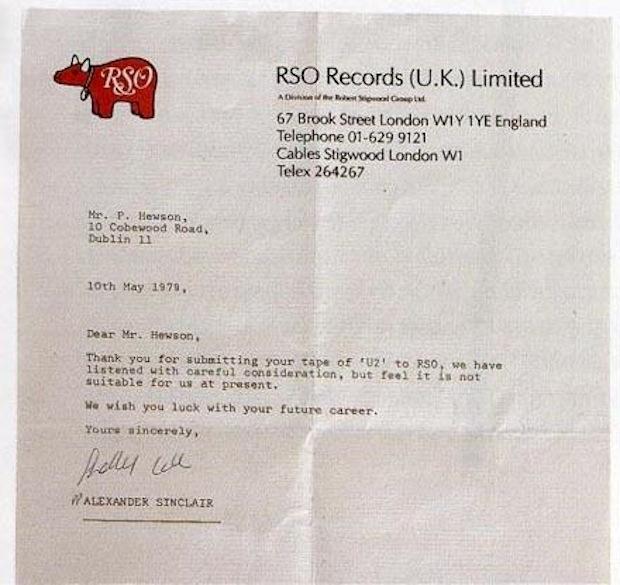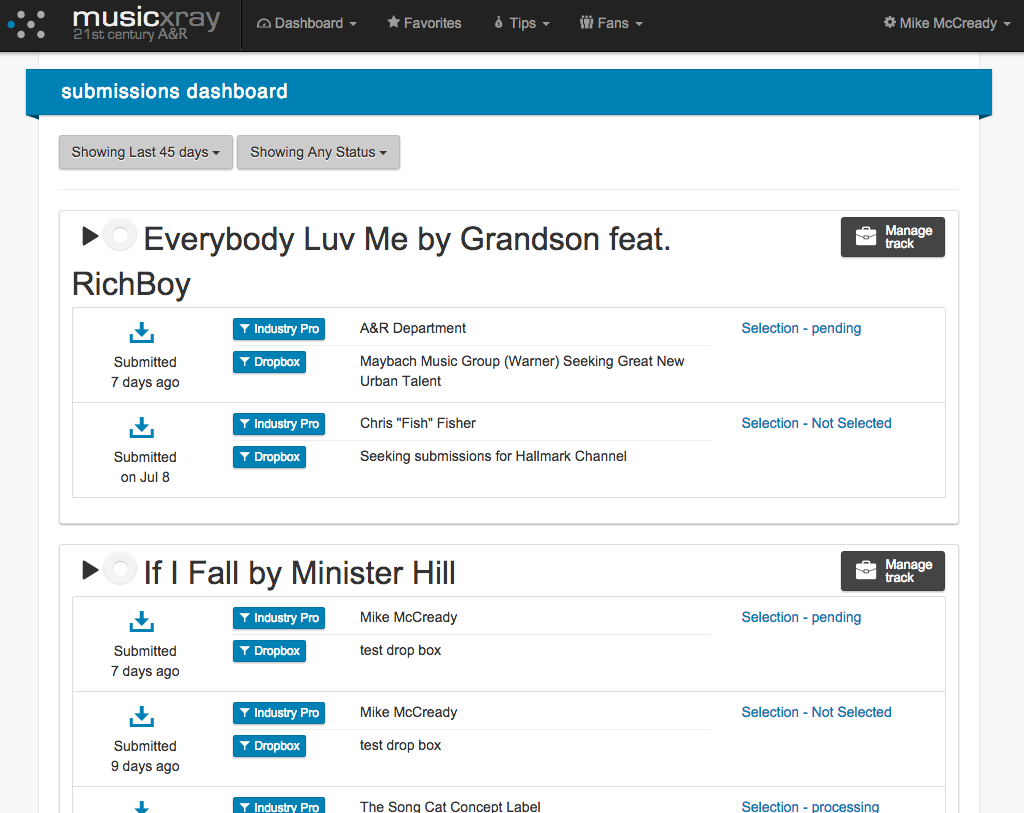This week we’ve seen another music discovery service acquired by one of the large music streaming services when Irish start-up Soundwave was acquired by Spotify. This is the second Spotify acquisition of a data analytics company it is using to help consumers find the best new music they are likely to love.
Recently, it seems like every big consumer-facing music streaming company has been shoring up its ability to stay ahead of consumer taste. Pandora acquired Next Big Sound, Apple acquired MusicMetric, and others are working on internal systems all in an effort to provide better discovery for listeners. Executives at the steaming services believe that it is key to their competitiveness to hook users into their service by helping them discover new music they love.
As thees capabilities improve, traditional music promotion by the music labels will become decreasingly effective. The streaming companies want to channel the best new music to their listeners regardless of whether the artists are signed to a label – although the big labels are employing various strategies to insure they aren’t outflanked – primarily shoring up their advantages in their licensing agreements with the streamers. Additionally, Universal Music hired Jay Frank in 2015 and appointed him Senior Vice President of Global Streaming Marketing, showing they understand that the ways to reach the ears of consumers is changing for everyone in the ecosystem.
This is of course all driven by market forces and consumer demand. But it signals that the labels, publishers and others in the ecosystem need to reinforce their early discovery efforts and capabilities if they want to stay ahead of the curve. After all, they only make money if they add value and they can only add value if they get in early enough to contribute to the music’s success.
This is why Music Xray has been building its own proprietary ecosystem for so long. We realized that you can only go so far with data generated out in the wild and it’s an arms race among those with access to the best data. When upstart musicians and their teams buy Facebook likes, YouTube streams, and other social markers they distort the field making it harder for legitimate players to stand out. By owning their own data analytics companies, Spotify and Pandora are essentially plugging in their own proprietary data they don’t necessarily share with others. But even so, they are using data generated by consumers which is so often influenced by factors that are hard to isolate and account for. Furthermore, there is little online activity surrounding songwriters and production teams who don’t have aspirations of making it as performers themselves. So much new material and talent continue to go undetected by many industry players.
As we’ve increased our ability to spot the successful music just before it lands its first industry deal, we’ve begun to make actual investments in the music – investments into music opportunities others can’t even begin to see. Together with our investment partner, Digital Daruma, we’re leveraging our predictive model and are starting to own revenue streams in the music itself.
Music Xray controls the quality of the data in our ecosystem and we use a combination of crowd-sourcing of industry ears, music analysis software, targeted fan reaction, and machine learning to make predictions in which we are 92% confident are accurate. You can hear a small fraction of the kind of music we’re uncovering by listening to our podcast each week.
Follow us here on the blog for updates over the next few weeks regarding the progress and status of our investment program and learn how we’re making it the focus of our business.

